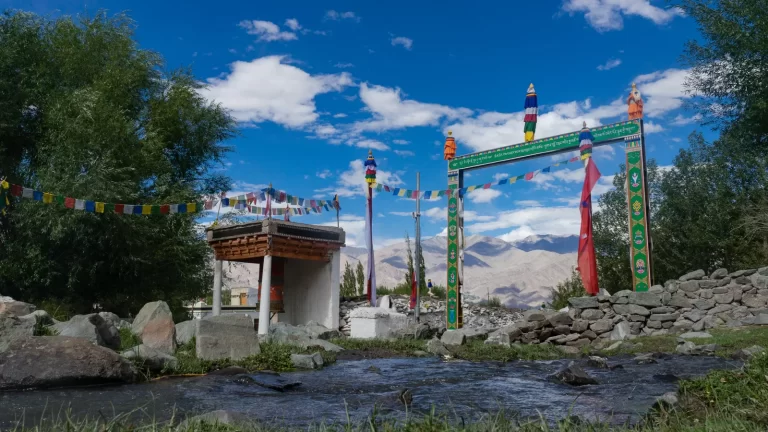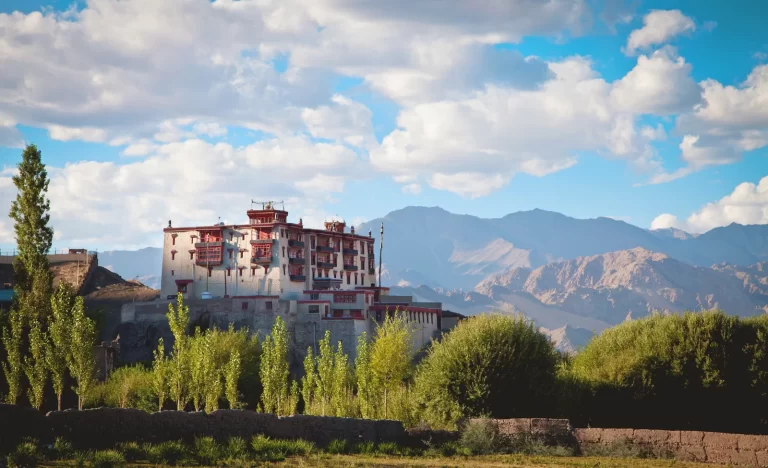Leh, Ladakh’s capital is set amidst unforgettable landscapes of canyons and peaks, while emerald-green settlements nestle photogenically in highland deserts. It lies 3,500 metres above sea level, which means visitors arriving by flight require time to acclimatise.
The town lies in the ancient Indus valley and has long been a trading post, with various routes connecting it to the Silk Route, Manali and the Indian plains. Harsh climate cuts it off from the world during winter, but summer brings tourism and much needed revenue.
Despite its remote location, the town has some fascinating attractions, such as the ruined Tibetan-style Leh Palace, the former residence of Ladakh’s royal family built along the lines of the Potala Palace in Lhasa, Tibet. Built over the slope of a hill by Senge Namgyal in the 16th century AD, the ancient palace is a nine-storeyed structure containing a royal shrine, various antiquities and priceless manuscripts.
No visit to Leh is complete without a stop at the Shanti Stupa, its stark white beauty complimenting the spectacularly picturesque arid Himalayan vistas around it. Leh’s lively central markets rely on supplies from Kashmir.
Locals continue to lead a simple bygone way of life of subsistence farming, living in mud-brick houses and trading at vibrant village markets.
Leh is ideally located for exploring the region, with easy access to many monasteries and chortens like Hemis, Lekir, Alchi, Stok, Shey, Matho and Thiksey.
For those seeking the elusive Snow Leopard, Leh is the ideal acclimatisation stopover before venturing into Snow Leopard territory. While at Leh, you can go looking for the Bharal, Urial and Ibex on the barren crags. In the skies above, you may find the mighty Golden Eagles and Lammergeiers.




